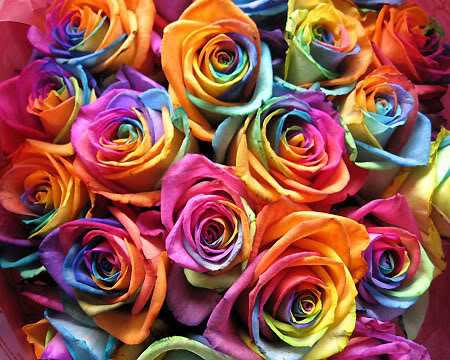FWP:
SETS == I AND; IDIOMS
As Nazm notes, 'Replacing 'to rejoice greatly' [baa;G baa;G honaa, lit. 'to become gardens'] with 'to become a garden' [gulistaa;N honaa] is the writer's special usage'. Ghalib evokes the familiar idiom-- and also gives it a twist, by paraphrasing it. By hovering over the verse the idiom becomes far more piquant than it would be if it were simply present. Thus the idiom is both there and not there; it's somewhat like an insha'iyah usage.
The lover took the wound of longing 'into the dust' or dirt, so that he will be 'pushing up daisies'. Or, more elegantly, he will become the ground of the kind of lavish joy that the beloved is to feel. But why exactly? To show her that his passion continues beyond the grave? To shame or punish her, by reminding her that she has slain a lover with such a longing for 'vitality'? Or simply to make sure that she remembers him?
The possible questions go on and on. Is his death from the wound of longing perhaps the source of her brilliance and glory? Will she be more radiant and joyous after (and because of) his death than she ever was before? Will the red blood of his wound help to color her garden?
And above all, what is the tone of the second line-- is it a blessing ('may you flourish!'), or a curse ('take your fancy garden and shove it!)? The mood is (designedly of course) impossible to pin down. For a verse that follows similar lines of imagery about dust and flowers, see one of his all-time masterpieces, {111,1}.
For more 'you and I' verses, see {71,2}.
Compare Mir's tuu ho aur line, which is another tour de force of ambiguity: M{178,4}.

Nazm:
That is, I have taken my wound and departed; now you can flourish, and you're welcome to it; and this is the idiom. Replacing 'to flourish' [baa;G baa;G honaa, lit. 'to become gardens'] with 'to become a garden' [gulistaa;N honaa] is the writer's special usage. (18)
== Nazm page 18